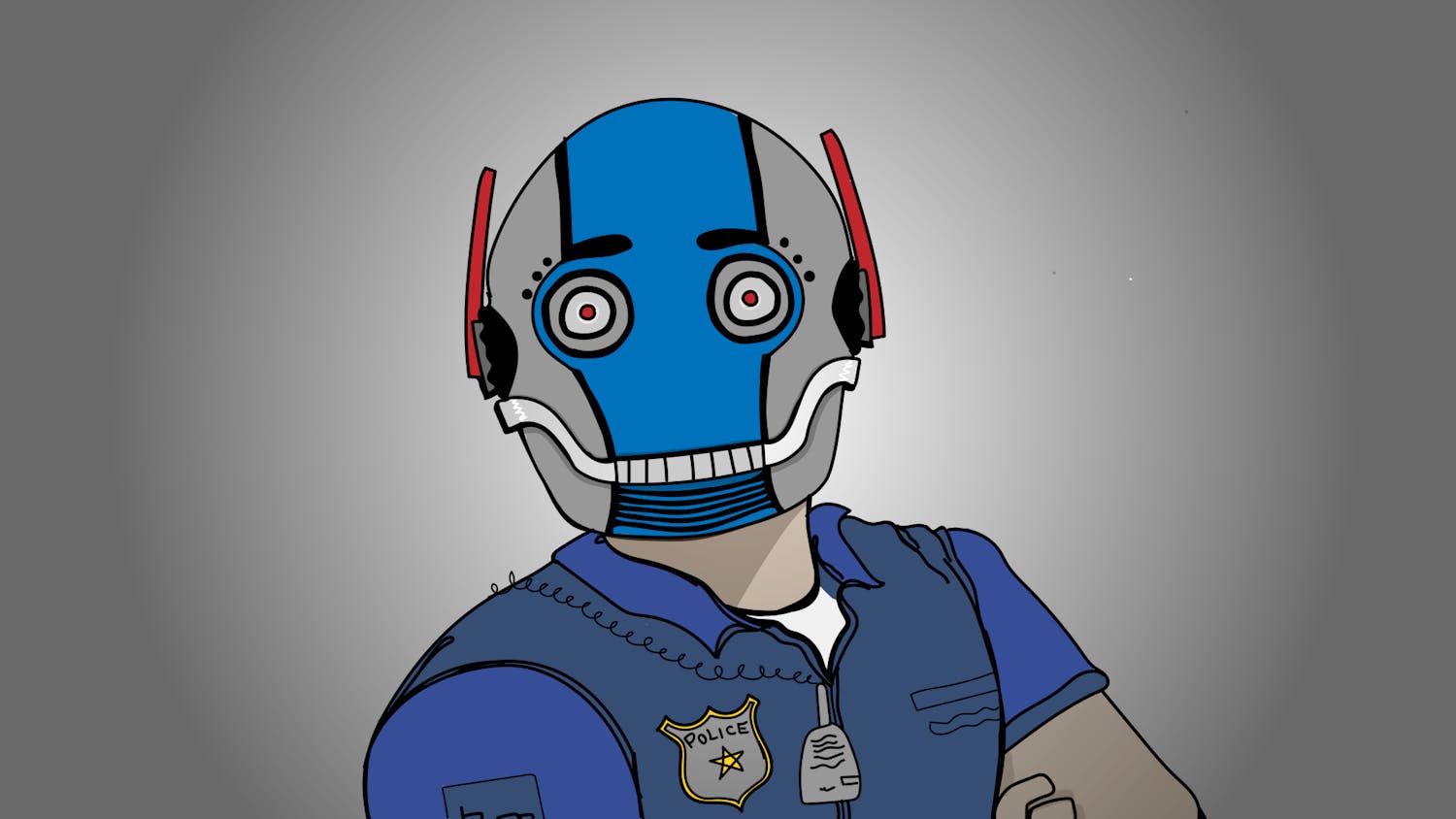Congress didn’t plan on the sequester actually going into effect. But last Friday, it began.
Remember the debt ceiling debate and subsequent credit downgrade from the summer of 2011?
The sequester is a group of automatic spending cuts created in the aftermath of that debt ceiling deal, designed to force Congress to come up with smart ways to make cuts and raise revenue to scale back the size of the debt and deficit.
Not surprisingly, Congress was unable and unwilling to make a deal, so the across the board, automatic spending cuts went into effect.
Few deny government spending should be reduced in some areas, or that the long-term debt should be scaled back. However the sequester is one of the most unproductive budget cutting policies if the goal is to reduce the long-term debt of the United States government.
The major drivers of long-term debt are Medicare, Medicaid and Social Security, which are predicted to nearly double in cost by 2050.
However, the amount being cut from Medicare due to the sequester is 2 percent of its total cost, and Medicaid and Social Security are not included in the cuts at all.
If the goal of the sequester is to reduce government spending in the long term, it fails dismally. Sequestration almost completely avoids making cuts to the programs that are the actual drivers of higher spending.
To really solve the long-term debt issue of our country, the U.S. economy has to improve.
Employment has to increase and GDP needs to grow. Sequestration causes the opposite of this.
In a time of fragile economic recovery in which unemployment has stubbornly hovered around 8 percent for six months, sequestration is projected to cause a reduction in GDP by 1.5 percent and result in the loss of many jobs nation-wide.
Cutting government budgets and furloughing workers is not a recipe for robust economic growth.
The sequester has no apparent rhyme or reason to the way in which cuts are distributed, they’re just across the board cuts, resulting in unnecessary economic hardship for the country.
There are smart ways in which the government budget could be cut, but taking a meat cleaver to the budget, as President Barack Obama has characterized the sequester as, rather than a scalpel, is creating more undue stress and pain for furloughed workers and the American people than there needs to be.
Sequestration does not help reduce the long-term debt, it certainly doesn’t help with economic growth, and the cuts themselves are structured in a way that causes unneeded economic stress.
Congress has once again dropped the ball, standing by while hundreds of thousands of Americans lose their jobs and benefits.
This entire ordeal is not an outside, economic crisis we had no control over. The sequestration was created by Congress, and its implementation could have been prevented.
Now, out of misplaced ideology to reduce the debt and size of government, it is not the members of Congress who will have to feel the pain from their inaction, but the rest of the American people.
— samblatt@indiana.edu
Hello, sequester
Get stories like this in your inbox
Subscribe





